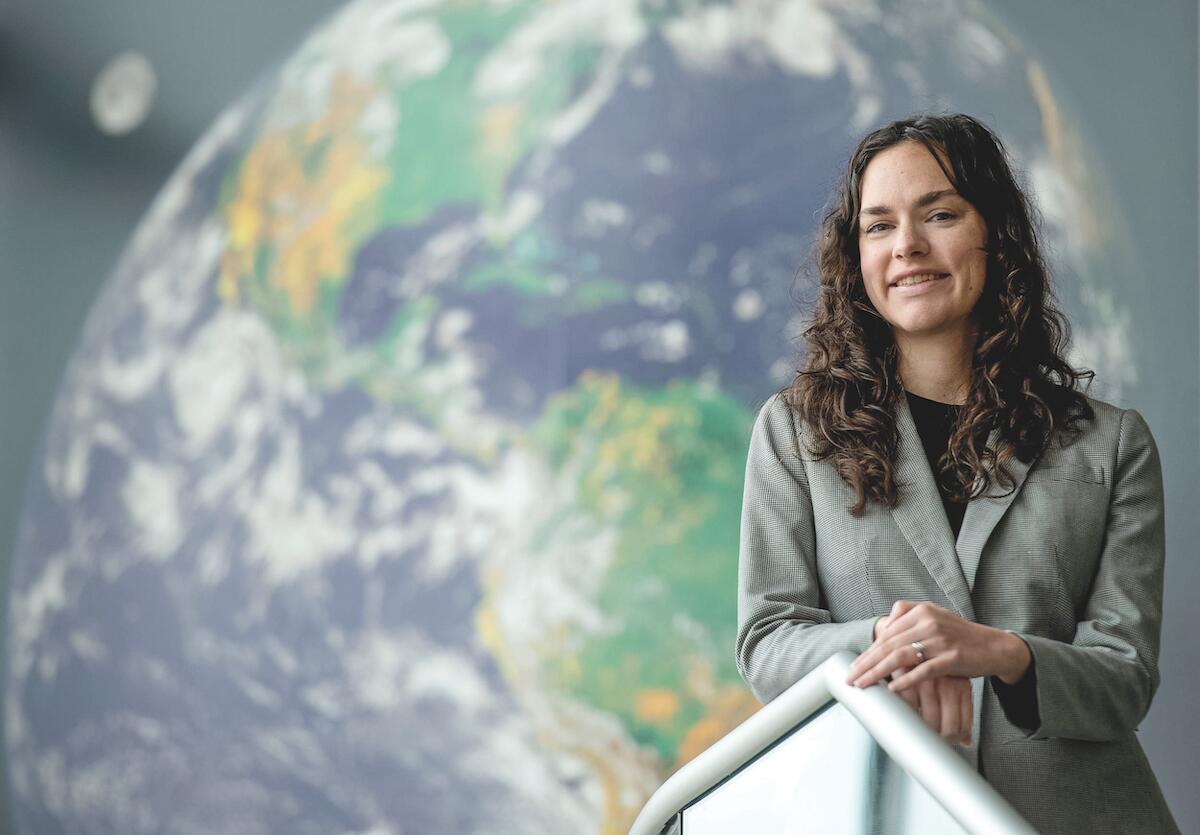UC Irvine Scientists Develop Risk Model for Hurricanes, Tropical Cyclones

- Share via
As human-driven climate change amplifies natural disasters, hurricanes and typhoons stand to increase in intensity, a new model could help countries around the world estimate storm impact and costs
Until now, there existed very few freely available computer models designed to estimate the economic costs of such events, but a team of researchers led by Jane W. Baldwin at the University of California, Irvine recently announced the completion of an open-source model that stands to help countries with high tropical cyclone risks better calculate just how much those storms will impact their people and their economies.
“Tropical cyclones are some of the most impactful natural disasters on Earth. They pose huge risks to both human life and the built environment, so they have large economic costs associated with them and cause a lot of deaths,” said Baldwin, a professor in the UCI Department of Earth System Science and the lead author of the new paper in the American Meteorological Society journal Weather, Climate, and Society. “We need to be able to quantitatively explain their risk, meaning the probability of seeing different levels of losses.”
The economic risk model the team built extends an existing global tropical cyclone model, called the “Columbia tropical cyclone hazard” model. The economic risk model is prototyped for the Philippines but is straightforwardly customizable to any part of the world where stakeholders want to understand the storm risks they face.
The benefit of the new model is that countries that may not be able to afford access to other such risk models and associated vulnerability data, which typically belong to forprofit insurance companies that do not freely share their products or data, can get a clearer picture of the risks they face.
“That’s a strong motivation of the work, to expand the accessibility of tropical cyclone risk information,” said Baldwin.
It’s one reason why the country the team used as a case study in their research was the Philippines. That country, according to researchers, faces among the highest number of landfalling tropical cyclones on Earth in any given year but is relatively less equipped when it comes to gauging the losses it may incur as a result.
Beyond forecasting the monetary costs, the model can also help countries and even certain large municipalities to better prepare for a tropical cyclone by allowing them to understand exactly where they should spend time and resources preparing for such disasters.
“There’s a growing need to be able to merge information from academic fields, like climate science, and these more applied risk-modeling enterprises,” said Baldwin. “It’s a burgeoning field that I’m hoping will continue to develop over the next few years of catastrophe modeling as an academic enterprise and not just as a private enterprise. And I think climate change is really pushing the need for that dialogue.”